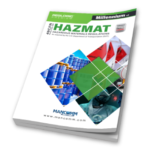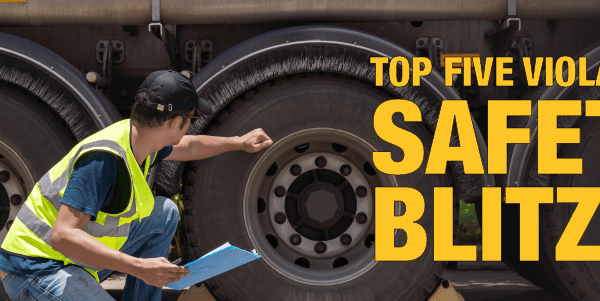 Essential Tips for Safe and Stress-Free Winter Driving
Essential Tips for Safe and Stress-Free Winter Driving
As winter blankets the landscape in a glistening layer of snow, it’s crucial to adapt our driving habits to ensure safety on the icy roads. In this article, we’ll explore essential tips for winter driving, from clearing snow off your vehicle to the importance of proper winter tires and emergency preparedness.
Clearing Snow Before Driving: A Must-Do for Safety
Winter wonderlands are beautiful, but driving with snow-covered windows is not only dangerous but also against the law. Before hitting the road, take a few extra minutes to clear all windows, mirrors, and lights. Not only does this improve visibility, but it also ensures the safety of both you and fellow drivers. Remember, neglecting this simple step might result in fines from law enforcement.
Invest in Proper Winter Tires and Maintain Optimal Tire Pressure
Winter tires are not just a luxury; they’re a necessity. The rubber compounds in winter tires are designed to remain flexible in colder temperatures, providing better traction on icy and snowy roads. Additionally, maintaining the correct tire pressure is crucial for optimal performance. As temperatures drop, tire pressure tends to decrease, so regular checks are essential. Properly inflated tires contribute to better fuel efficiency and improved handling.
Emergency Preparedness: More Than Just a Full Tank of Gas
Winters are notorious for unexpected storms in northern regions, and being stranded on a snow-covered highway is a real possibility. Equip your vehicle with emergency essentials, including a small shovel, a full tank of gas, and additional warm clothing. In the event of an unexpected stop due to a winter storm or other unforeseen circumstances, these items can make a significant difference.
- Small Shovel: A compact shovel can be a lifesaver if you find yourself stuck in snow. Clearing the area around your tires can help you regain traction.
- Full Tank of Gas: Keeping your gas tank full not only prevents fuel line freeze-up but also provides warmth if you need to keep the engine running for an extended period.
- Additional Warm Clothing: Pack extra layers, blankets, and winter gear to stay warm in case of an extended wait or if you need to exit the vehicle.
In conclusion, winter driving demands a proactive and prepared approach. By taking the time to clear snow from your vehicle, investing in proper winter tires, and being equipped for emergencies, you can navigate the winter roads safely and confidently. Remember, the key to a stress-free winter drive is preparation and a commitment to safety. Stay warm, stay safe, and enjoy the winter wonderland responsibly.
ICC is passionate about keeping us all safe when handling, storing, manufacturing, or transporting dangerous goods. Our team can help your business stay compliant and informed through our resources and products. Contact us to learn more about the ICC difference.
Stay up to date and sign up for our newsletter!
We have all the products, services and training you need to ensure your staff is properly trained and informed.
 49 CFR Publications 49 CFR Publications |
 Worded Labels Worded Labels |







 ICC USA
ICC USA ICC Canada
ICC Canada